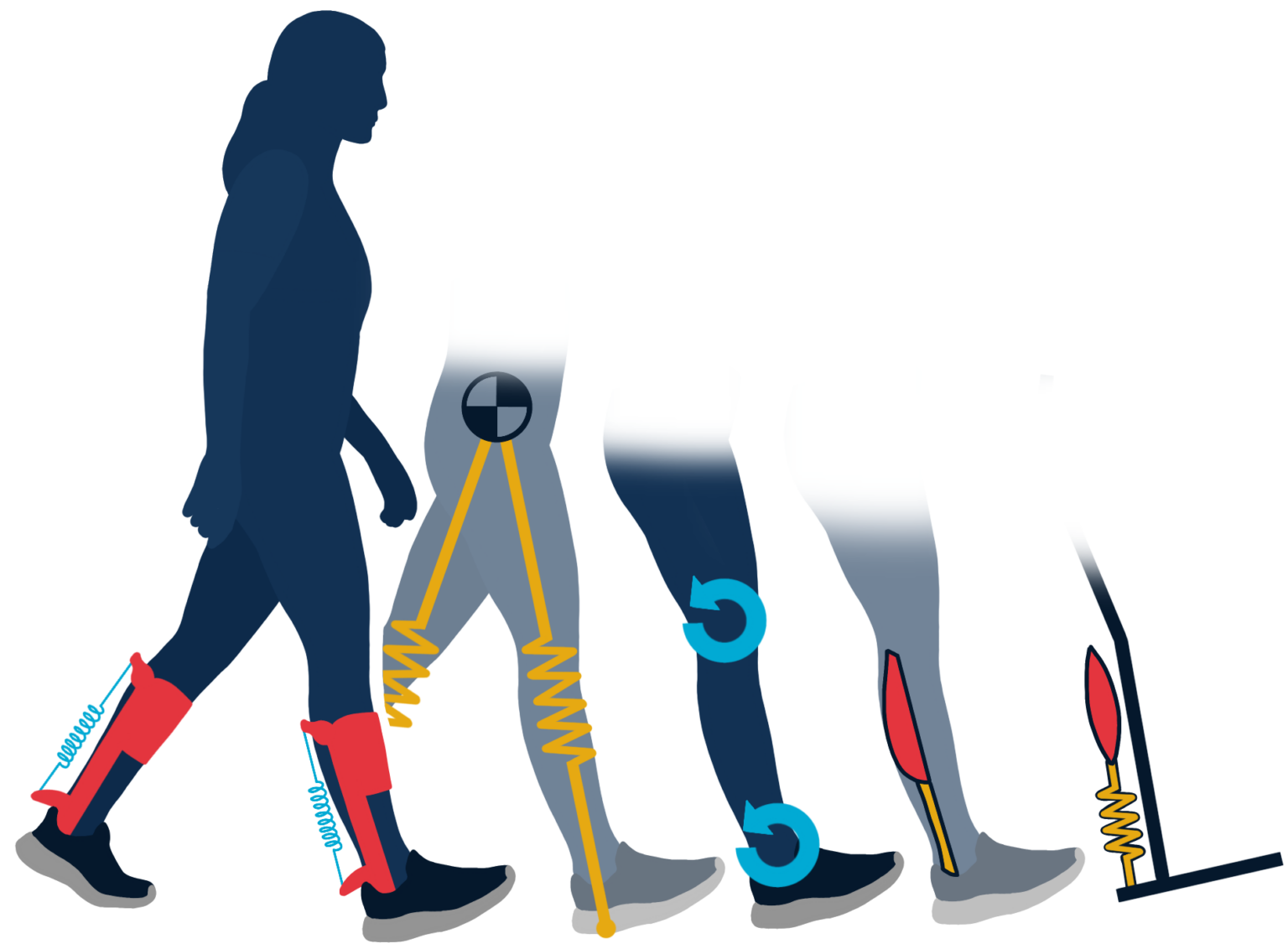Pushing beyond locomotion economy – what can exoskeletons do on the shortest and longest timescales?
Gregory S Sawicki
Georgia Institute of Technology, USA
 Our aim in the Human Physiology of Wearable Robotics (PoWeR) Laboratory is to discover and exploit key principles of locomotion neuromechanics in order to build wearable devices that can augment intact or restore impaired human locomotion. Performance goals include improving economy, stability and agility of human movement. Over the last 5+ years, enabled by non-invasive dynamic ultrasound imaging, our lab has taken a deep dive ‘under the skin’ to reveal how exoskeletons can shift muscle-level contractile dynamics and improve locomotion economy. While reducing metabolic effort is an important use-case for exoskeletons, our muscle-level perspective has motivated a number of next questions that go beyond metabolic energetics including: How do exoskeletons impact sensory feedback (e.g, on millisecond timescales)? and Can exoskeletons improve balance recovery? or Could novel exoskeleton controllers using real-time, ‘muscle in the loop’ feedback shape in vivo muscle structure-function over long-timescales (e.g., months to years)? Along these lines, I’ll share some snapshots of our more recent work focusing on experiments to (i) evaluate ankle and hip exoskeleton systems during unsteady conditions, when balance is challenged (ii) characterize long-term structure-function effects due to daily-use of wearable devices and (iii) leverage isolated muscle-tendon preparations using ‘virtual reality’ to begin understanding how exoskeletons might impact sensory feedback. Each of these new explorations are intended to help motivate the transition of bioinspired wearable technology out of the lab toward impact in ‘real-world’ environments in the form of ‘smart-apparel’ for everyday use.
Our aim in the Human Physiology of Wearable Robotics (PoWeR) Laboratory is to discover and exploit key principles of locomotion neuromechanics in order to build wearable devices that can augment intact or restore impaired human locomotion. Performance goals include improving economy, stability and agility of human movement. Over the last 5+ years, enabled by non-invasive dynamic ultrasound imaging, our lab has taken a deep dive ‘under the skin’ to reveal how exoskeletons can shift muscle-level contractile dynamics and improve locomotion economy. While reducing metabolic effort is an important use-case for exoskeletons, our muscle-level perspective has motivated a number of next questions that go beyond metabolic energetics including: How do exoskeletons impact sensory feedback (e.g, on millisecond timescales)? and Can exoskeletons improve balance recovery? or Could novel exoskeleton controllers using real-time, ‘muscle in the loop’ feedback shape in vivo muscle structure-function over long-timescales (e.g., months to years)? Along these lines, I’ll share some snapshots of our more recent work focusing on experiments to (i) evaluate ankle and hip exoskeleton systems during unsteady conditions, when balance is challenged (ii) characterize long-term structure-function effects due to daily-use of wearable devices and (iii) leverage isolated muscle-tendon preparations using ‘virtual reality’ to begin understanding how exoskeletons might impact sensory feedback. Each of these new explorations are intended to help motivate the transition of bioinspired wearable technology out of the lab toward impact in ‘real-world’ environments in the form of ‘smart-apparel’ for everyday use.









You must be logged in to post a comment.